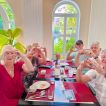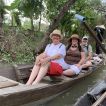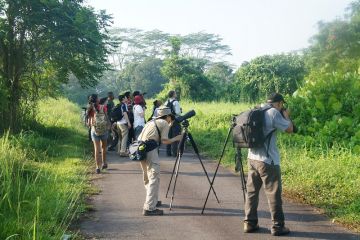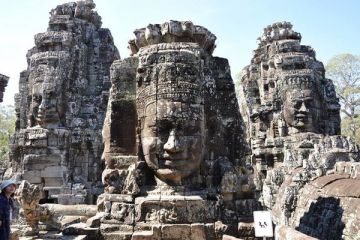- Home
- Destinations
- Destinations
- Vietnam Tours
- Laos Tours
- Cambodia Tours
- Thailand Tours
- Myanmar Tours
- Multi Country Tours
- Multi Country Tours
- All Multi Country Tours
- Multi Country
- Travel Style
- Hotels
- Cruises
- Mice
- Visa
- Visa
- Travel Visa
- Blog
- About us
- About us
- About us
- WHY TRAVEL WITH US
- OUR TEAM
Responsible Travel in Cambodia 10 Days 0 reviews
Duration: 10 days / 9 nights | Departure Point: Siem Reap, Cambodia
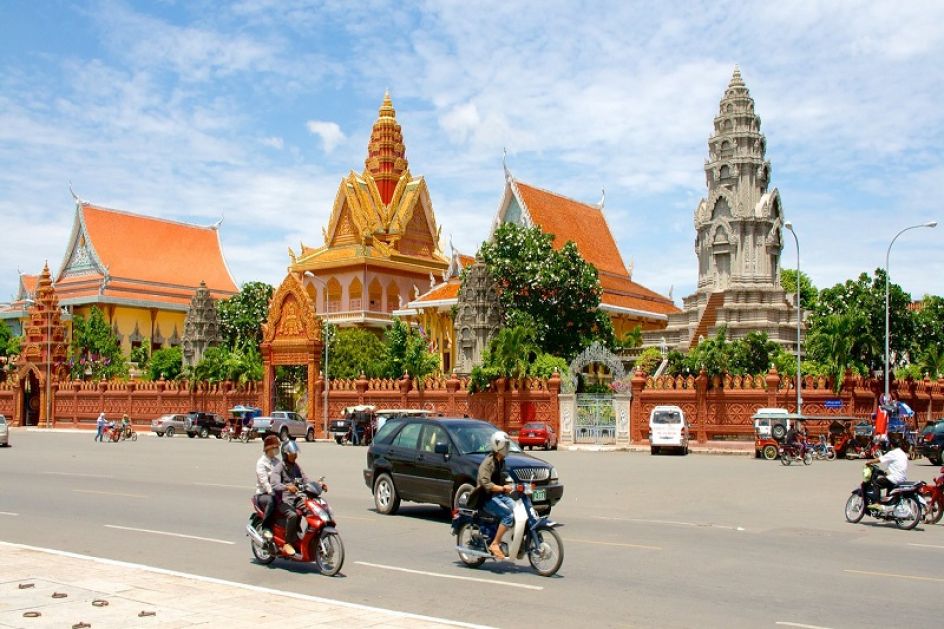
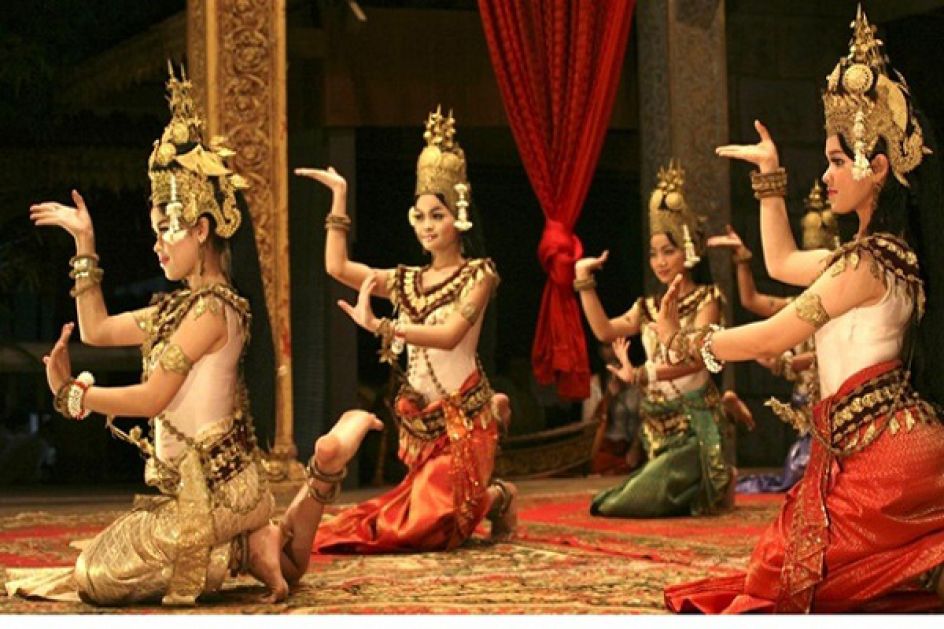
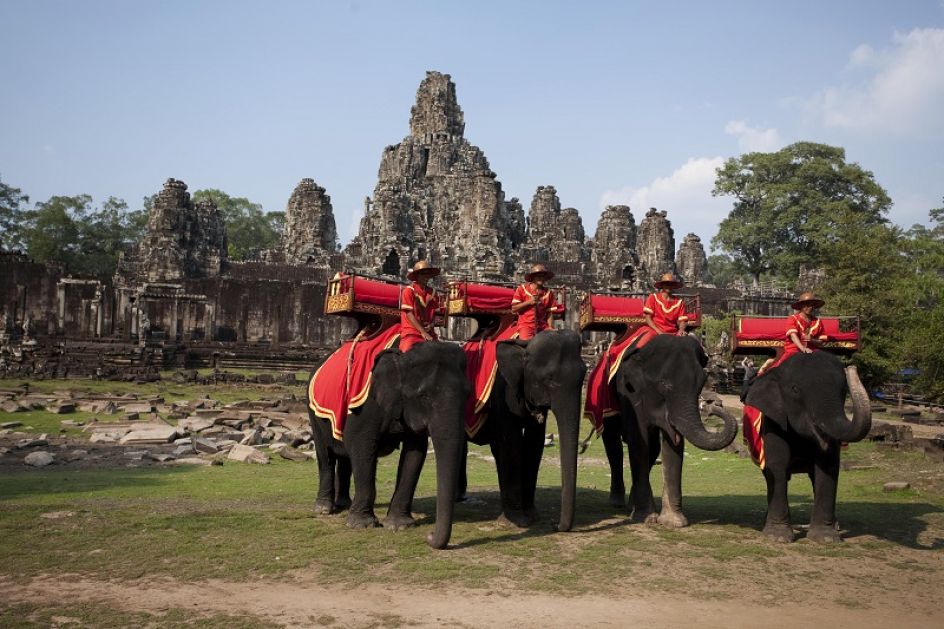
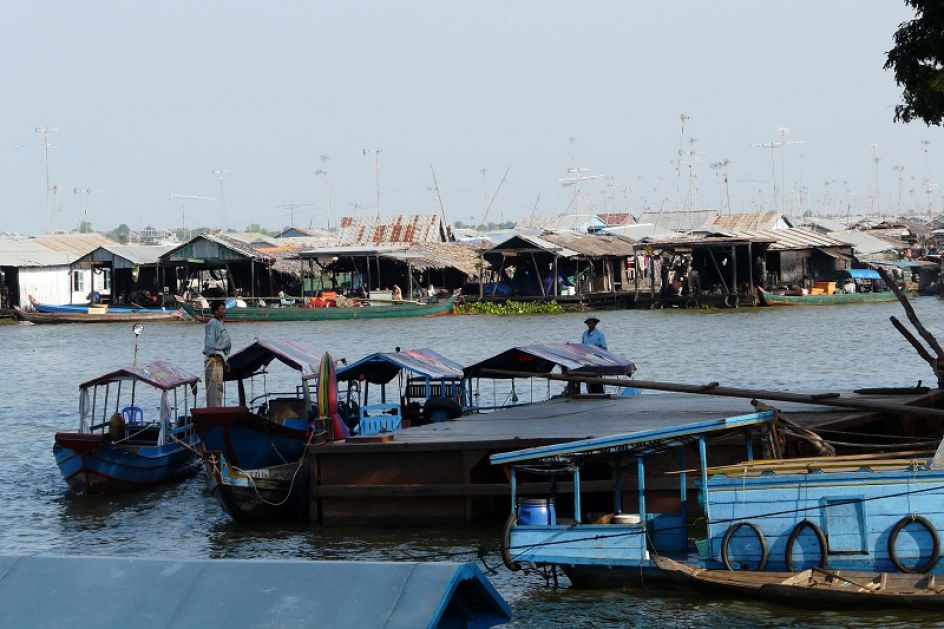
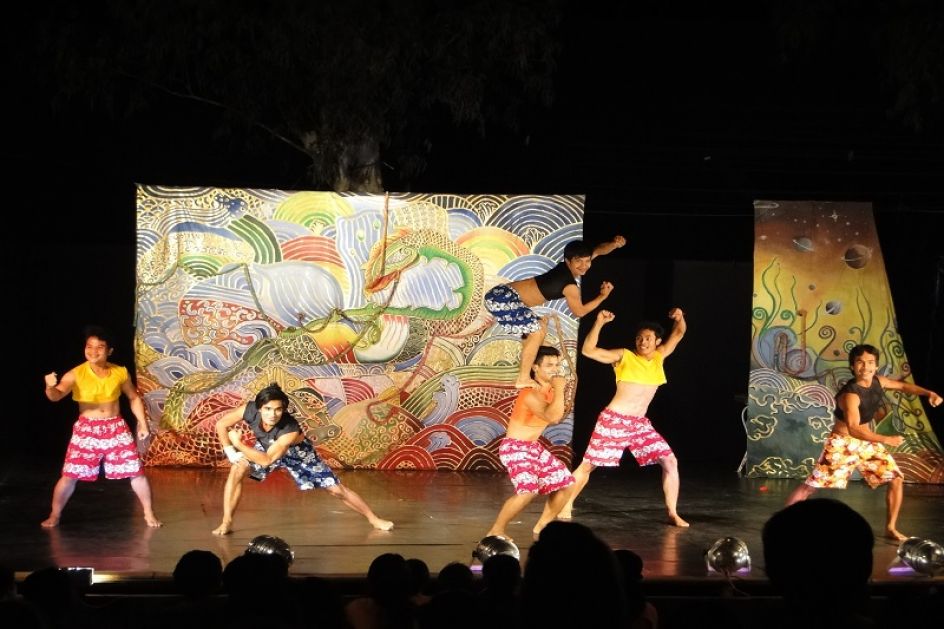
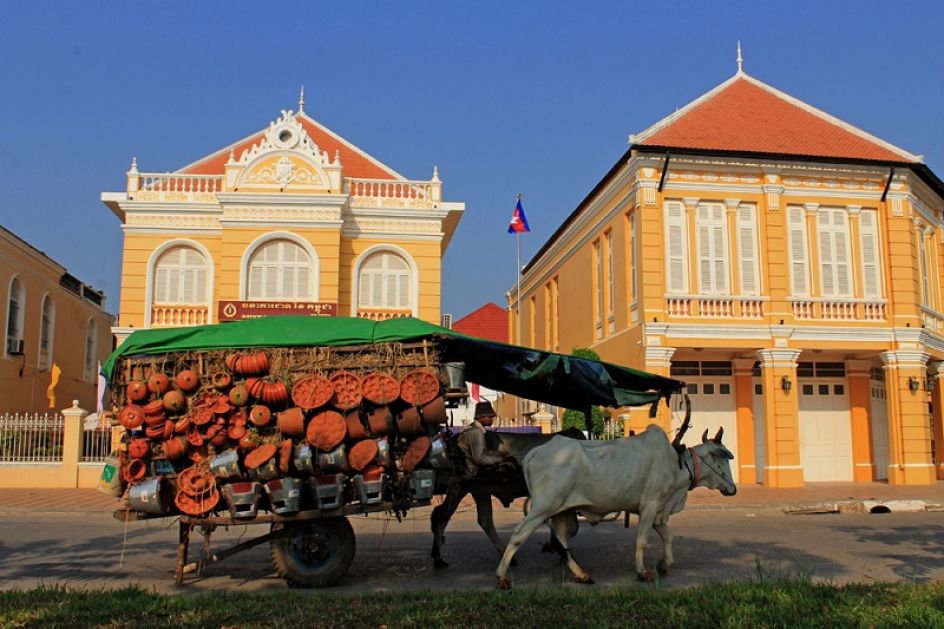
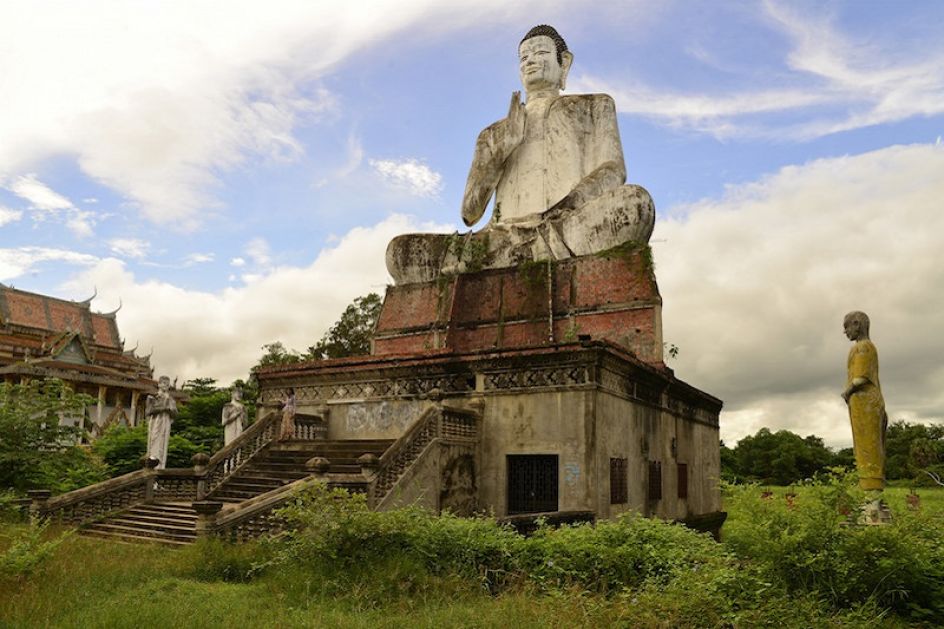
Responsible Travel in Cambodia 10 Days
- Code:
- 10 days / 9 nights
-
Trip overview
The torrid history of the nation along with issues of poverty continue to exert a toll on the population. Fortunately, it is possible for visitors to make a truly positive impact while savoring the best the country has to offer. In Siem Reap, a visit to the magnificent temples of Angkor is essential. Equally compelling is the city's landmine museum, which promotes awareness of unexploded ordinance. Siem Reap also boasts several fine training restaurants where disadvantaged children learn essential hospitality skills. Near Siem Reap, the temple of Banteay Chhmar is effortlessly evocative while a homestay with a local family provides a truly authentic Cambodian experience. After sampling the bucolic charms of Battambang, the tour concludes in the vibrant capital of Phnom Penh where the dark echoes of the Khmer Rouge era are counterbalanced by a host of charitable and not-for-profit initiatives.
Trip overview
The torrid history of the nation along with issues of poverty continue to exert a toll on the population. Fortunately, it is possible for visitors to make a truly positive impact while savoring the best the country has to offer. In Siem Reap, a visit to the magnificent temples of Angkor is essential. Equally compelling is the city's landmine museum, which promotes awareness of unexploded ordinance. Siem Reap also boasts several fine training restaurants where disadvantaged children learn essential hospitality skills. Near Siem Reap, the temple of Banteay Chhmar is effortlessly evocative while a homestay with a local family provides a truly authentic Cambodian experience. After sampling the bucolic charms of Battambang, the tour concludes in the vibrant capital of Phnom Penh where the dark echoes of the Khmer Rouge era are counterbalanced by a host of charitable and not-for-profit initiatives.
Trip Inclusion
- Carefully selected accommodation with breakfast
- Meals as mentioned (B= Breakfast, L= Lunch, D= Dinner)
- Expert English or French speaking guide (for other languages supplements apply)
- Tours as mentioned and air-conditioned transfers
- Single entry sightseeing and permit fees during guided times
- Boat cruises, train ticket and rides while on tour if any
- Service charges and government VAT tax
Trip Inclusion
- Carefully selected accommodation with breakfast
- Meals as mentioned (B= Breakfast, L= Lunch, D= Dinner)
- Expert English or French speaking guide (for other languages supplements apply)
- Tours as mentioned and air-conditioned transfers
- Single entry sightseeing and permit fees during guided times
- Boat cruises, train ticket and rides while on tour if any
- Service charges and government VAT tax
Trip Exclusions
- Other meals that not mentioned
- Other services not mentioned
- International and domestic Flights
- Laundry, telephone calls and expenditure of a personal nature
- Tips, Travel insurance
- Visa arrangement & Visa stamp at international gate
- Drink & Beverage in meals
Trip Exclusions
- Other meals that not mentioned
- Other services not mentioned
- International and domestic Flights
- Laundry, telephone calls and expenditure of a personal nature
- Tips, Travel insurance
- Visa arrangement & Visa stamp at international gate
- Drink & Beverage in meals
Advisory
We pride our TOUR MAP selves in creating personalized travel experiences that suit all your preferences and needs.With this tour you can
- Choose your own departure date
- Select the comfort level of accommodation
- Adjust activities to cater to special interests
- Modify any aspect of the tour as needed
Advisory
We pride our TOUR MAP selves in creating personalized travel experiences that suit all your preferences and needs.With this tour you can
- Choose your own departure date
- Select the comfort level of accommodation
- Adjust activities to cater to special interests
- Modify any aspect of the tour as needed
Tour itinerary
Begin this 10 day Cambodia tour with a morning arrival to Siem Reap. Greeted by a local English speaking guide, visitors will be accompanied to the hotel for check in.
Depending on the arrival time, there may be enough time to relax and recuperate after the flight, or to discover a little of Siem Reap on a stroll through its beautiful pagodas and colourful markets.
Journey to the Angkor Complex in the afternoon for a first glimpse of the legendary Angkor Wat. Built during the reign of King Suryavarman II in the early 12th century, Angkor Wat is constructed to symbolise Mount Meru, the Hindu/Buddhist home of the gods. Inside, the walls are covered with stone carvings and bas-reliefs depicting Hindu mythology and the wars Suryavarman II fought during his reign. Construction of the temple, which is featured on Cambodia’s flag, is thought to have taken around thirty years of intensive labor.
In the evening, enjoy a welcome dinner at HAVEN, a training restaurant for disadvantaged young adults who are forced to leave orphanages when they come of age. HAVEN provides vocational training in the restaurant/hospitality industries, teaching the young adults practical life skills and smooth transitions from institution to real world. Serving flavourful Asian and Western foods, guests can sample spectacular meals while supporting this notable cause.
(Note: open Mon - Sat 11am-10pm; closed Wed 11am-5.30pm for student training)
Overnight in Siem Reap
Siem Reap Airport - Siem Reap (8 km): 15 mins
After breakfast, continue the explorations with a visit to the ancient city of Angkor Thom. Enter through the South Gate, an impressive stone gate adorned with elephants, giant faces, and a row of 54 gods or demons holding the sacred Naga snake. Continue from here to the centrally-located Bayon Temple. This 12th century masterpiece is known for its 54 face-carved towers, Terrace of the Elephants, and Terrace of the Leper King (featuring intricate bas-reliefs.)
Following Bayon, pay a visit to one of the complex’s most illustrious temples: Ta Prohm. Built between the 12th-13th centuries, Ta Prohm is unique in the fact that it has been left largely untouched. Overgrown by jungle, trees, vines, and with many parts crumbling to the ground, it is one of the most picturesque Angkor temples.
In the afternoon, travel to Banteay Srei, the best-preserved temple in Cambodia. Best viewed in the warm afternoon light, this temple displays some of the finest examples of classical Khmer art with its fine bas-reliefs and distinctive pink sandstone.
Later pay a visit to the Landmine Museum- an enlightening museum that both promotes mine awareness and rescues landmine amputee children from impoverished rural communities. Founded by a former child soldier under the Khmer Rouge, Mr. Aki Ra also works as a de-miner in Cambodia.
Heading back to town, stop amongst local communities with the guide to both interact and learn a bit about their daily life. The visit also offers an opportunity to taste Palm Wine, Palm Sugar (seasonal), and other popular local produce.
Overnight in Siem Reap
Siem Reap – Temples (06 km): 10 mins
Siem Reap – Banteay Srei (37 km): 45 mins
Start Day 3 with a 25-minute drive out to Ta Brak village. A western-style breakfast will be packed and, upon arrival, can be shared alongside a local family. This meet and greet will provide excellent insights into the everyday life of the Cambodian countryside.
After breakfast, take a 30 minute ox cart ride through the village towards the local market to learn all about Cambodian vegetables, herbs, fruits, and other local produce. Continue 1km by foot through the picturesque countryside village, stopping off to meet and observe the local community along the way. Activities (planting, harvesting, weaving, etc.) vary depending on season.
End the morning at the local pagoda with a special water blessing by Buddhist monks.
Visit the 9th century Bakong Temple, part of the Roluos group, before embarking on a boat trip across Tonlé Sap. The largest freshwater lake in Southeast Asia, Tonlé Sap is a UNESCO Biosphere Reserve that reaches up to 10,000 km2 in the rainy season!
Travel out to Kampong Phluck, a less-visited, stilted fishing village where locals still live off the surrounding mangrove forests. Board a local boat to experience this unique region up close and enjoy lunch inside one of the floating houses.
Return to the hotel.
(Note: Due to low water levels during the dry season, the boat trip is only possible from June to March. However an alternative floating village at Chong Kneas can be arranged instead).
Dinner will be held at Marum, a training restaurant for disadvantaged, marginalised young adults. Featuring an award-winning mix of creative, local cuisine, you can sample delicious regional specialties while helping these young adults hone practical life skills.
The night ends with a performance by Phare, the Cambodian Circus. An hour-long Khmer cultural show, professional artists mix traditional and modern forms of theatre, music, dance, acrobatics, juggling and contortion to perform a story about Cambodian lives and society.
Overnight in Siem Reap
After being picked up at the hotel, embark on a rural drive through the Cambodian countryside to Banteay Chhmar.
Accommodation for the next two nights will be at a traditional, local homestay. A memorable and intimate encounter, this will be the perfect means of experiencing daily life and learning the local customs of a typical Khmer village.
After reaching the local homestay, sit down for a traditional lunch prepared by a local women’s group, under a straw hut in the village.
In the early afternoon, reach the UNESCO World Heritage Banteay Chhmar, an exceptional temple which gets very few visitors. The bas reliefs on the outside of the inner sanctuary walls are simply stunning, and every step through the complex provides a fascinating image of stone consumed by nature. A spectacular visit with Bayon-style towers, walls, and enclosures cloaked in vegetation.
The main temple at Banteay Chhmar is surrounded by 9 satellite temples, most of which have received very little study and documentation.
The day will wrap up towards the Ta Prohm temple, where a memorable nighttime picnic will ensue. Enjoy a torch-lit dinner under the stars, accompanied by the gaze of Bayon-style towers. A traditional Khmer music performance played by local villagers will conclude the amazing first night in the serene setting of rural Cambodia.
Overnight in Banteay Chhmar at a local homestay.
Siem Reap – Banteay Chhmar (160 km): 2 hrs & 30 mins
Wake up to the sights and sounds of a rural Cambodian farming village, accompanied by a delicious breakfast prepared by the hosts.
Start the morning with a walking tour through the Banteay Chhmar local market. The local guide will explain the traditional way of life in the area, including fishing, beekeeping, weaving, and rice farming.
Ride through the surrounding countryside of the village in an ox-cart, passing the paddy fields, sugar palm trees, and other typical Cambodian landscapes. Continue on to the Pol Pot Baray (an irrigation dam built by the Khmer Rouge) via kuyon (a type of local tractor), where a picnic lunch will be held on a wooden platform at the baray. Relax and enjoy the peaceful settings in a hammock before departing, and on the way back to the village, visit beekeeping and cassava farms en-route.
After arriving back at the local village and homestay, wind down with a meal prepared by the host family, along with a display of how rice is processed following the harvest.
Overnight in Banteay Chhmar at a local homestay
After breakfast at a community based tourism restaurant, depart the village and travel 12km by kuyon through small villages, water reservoirs, and picturesque rice fields to Banteay Torp Temple. The name of this 13th Century temple is thought to mean ‘Fortress of the Army’ and it was built during the same period as the Banteay Chhmar temple complex. It is believed to have been built as a tribute to the Khmer army for their defeat of the Cham army leading to Khmer control of the region.
The site consists of three large, precarious-looking stone towers and a nearby pagoda with beautiful wall paintings.
After having a picnic lunch at this serene temple, continue journeying onwards to Battambang. The remainder of the day can be spent at one’s leisure; enjoying the hotel pool or independently exploring Battambang’s old streets.
Overnight in Battambang
Banteay Chhmar - Battambang (141 km) 2 hrs
Begins with a fun morning cycling around the local villages with Soksa Bike, a social enterprise set up to provide scenic and informative bike rides through the local countryside. During the 30km cycle tour there are plenty of stops to learn how the locals produce rice paper, prahoc (typical Cambodian fish paste), grolan (sticky rice stuffed in bamboo), and other Cambodian treats.
Lunch will be held at Jaan Bai. A social enterprise restaurant, Jaan Bai provides training and employment for local youth, with all profits going to the overall sustainability of the Cambodian Children’s Trust.
In the afternoon, head to the Bamboo Train Station, a basic mode of transport set up by villagers to facilitate the transportation of goods and persons between regions. The “train” itself is very basic: one bamboo platform on 4-wheels, activated by a small motor. Sitting on the platform, travel 8 km to the next station through beautiful landscapes and rice paddies (depending on the season of the visit). A true rollercoaster ride without loops!
Continue to Phnom Sampeau, one of the few hills standing out in this otherwise pancake-flat plain. From the small temple at its peak, take in the fantastic views over the surrounding Cambodian landscape of paddy fields and sugar palms. Also hiding a more troubled past, visit Phnom Sampeau’s notorious killing caves, which are cruel reminders of Cambodia’s dark past. Serenity and inhumanity coexisting in one place make this an interesting visit…the visit to these is optional.
The Phnom Sampeau visit will last until dusk, at which point millions of bats emerge from the nearby caves, creating unique patterns as they fly in tandem across the sky; nature’s spectacular nightly show!
Overnight in Battambang
Depart Battambang for Phnom Penh. Heading out early, travel first to Kampong Chhnang, a province known for its traditional pottery with many kilns at work. In a village near Kampong Chhnang, experience the different aspects of pottery making and witness the production of traditional rice wine.
Continue to Oudong, the former royal capital of Cambodia. The drive passes through many rural villages, pagodas, and also the temple mountain, a destination with dozens of stupas visible from afar. Upon arrival at Oudong, enjoy a traditional Khmer lunch at a picnic hut at the foot of the hill.
Climbing the stairs to the top of Oudong Mountain grants magnificent views over the plains below. The guide will explain the history of the area and its buildings as well as the religious culture of the Cambodian people, a perfect opportunity to soak in the magnificent views over the plains below.
After a picnic lunch, head to the Tonlé Sap River for a relaxing afternoon cruise to Phnom Penh. 3 hours of cruising will pass by floating villages and fishing stations, ultimately landing in the Cambodian capital (hotel transfer.)
Phnom Penh was once considered one of the most beautiful cities in the Orient. Despite its recent turbulent history, it still retains much of its former colonial charm. Cambodia’s capital is a bustling city, majestically located at the confluence of the mighty Tonle Sap and Mekong rivers. Wide, tree-lined boulevards and colonial-era buildings reflect its glorious days and add to the allure of the city, a place where Asian and Western traditions meet in a fascinating way.
Overnight in Phnom Penh
Battambang – Oudong (287km): 4hr
Oudong - Phnom Penh: 3 hours by boat
The first stop of the day, a visit to the Tuol Sleng Genocide Museum, provides a poignant insight into Cambodia’s not-so-distant dark history. Housed in a former school taken over by the Khmer Rouge, this site, called “S-21,” was used as its main detention and torture centre. A further visit examines the tragic Killing Fields of Choeung Ek, another grim Khmer Rouge locale.
Returning to the city, a stop will be made at Stung Meanchey, a local neighborhood home to the humanitarian organization Pour un Sourire d’Enfant (for the smile of a child), which provides education and job training to street children rescued from a life of scavenging the municipal dump. Visit the centre’s souvenir shop, followed by lunch at Le Lotus Blanc, the centre’s training restaurant. (Note: closed on weekends and public holidays)
After a delicious lunch, head onwards to Bloom café, an incredible cake art gallery and non-profit training organization empowering young, disadvantaged Cambodian women.
Note: Bloom café is open Monday-Saturday (10:00-17:00hrs) and closed every Sunday
Follow the cafe visit with a cyclo ride through the most remarkable sights of Phnom Penh. A traditional (and fun!) means of getting around the capital, this tour will stop off at Wat Phnom, the 19th century Royal Palace, and the Silver Pagoda, housing a stunning collection of gold, silver, crystal, and bronze Buddhas.
Head back to the hotel for a refresher before the evening’s final entertainment: an inspirational, 1-hour performance by Cambodian Living Arts (CLA). CLA’s rotating program offers 3 unique performances: Children of Bassac (Classical and Folk Dance), Mak Therng and Passage of Life (Music and Theatre).
Oct-Mar shows daily except Sun, Apr-Sep on Fri/Sat only.
The Cambodian journey comes to an end with a dinner at Romdeng. Run by former street youth in training, Romdeng is set in a beautiful colonial building, serving a delicious variety of regional cuisines.
(Note: Romdeng closes on Sundays and Public holidays)
Overnight in Phnom Penh
Depending on the departing flight, there may be time left for browsing the colorful markets of Phnom Penh. Visit the Central Market, an art deco landmark and one of the largest markets in Cambodia, housing everything from clothes and souvenirs to jewelry and food. Visitors may also visit the Russian Market, the best place in the city for wood and stone carvings, jewelry, clothes, and Cambodian silk souvenirs.
Wrap up this 10 day Cambodia tour with a transfer to Phnom Penh international airport for the departing flight.
Write Your review
Find vacation
Why with with us?
There are at least 4 reasons why you should book LvTravel and tour on our website.
- Partnership
- Tailor-Made Services
- Professional Team & Local Expertise
- Sustainable & Responsible Travel
What Our Guests Say
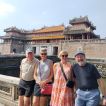
.png)
What Our Guests Say

.png)
Why with with us?
There are at least 4 reasons why you should book LvTravel and tour on our website.
- Partnership
- Tailor-Made Services
- Professional Team & Local Expertise
- Sustainable & Responsible Travel
Trip code:
0 reviews
Trip code:
0 reviews
Trip code:
0 reviews
Trip code:
0 reviews
Trip code:
0 reviews





















